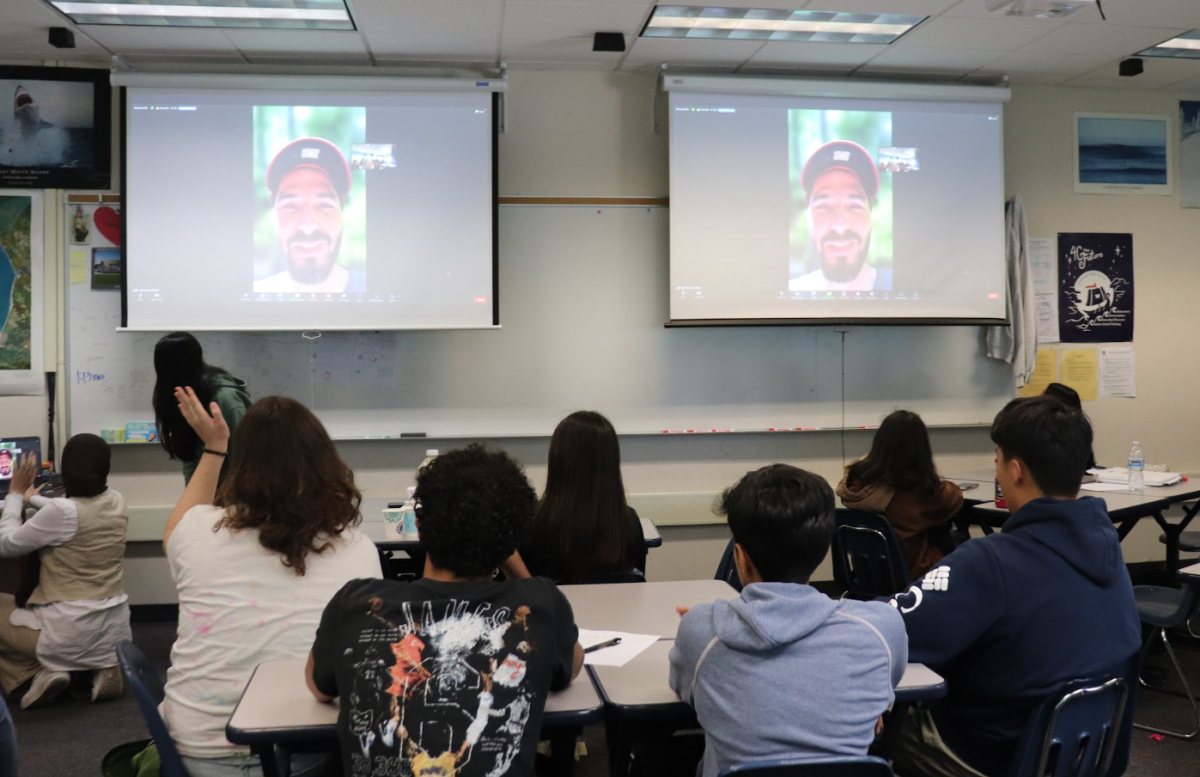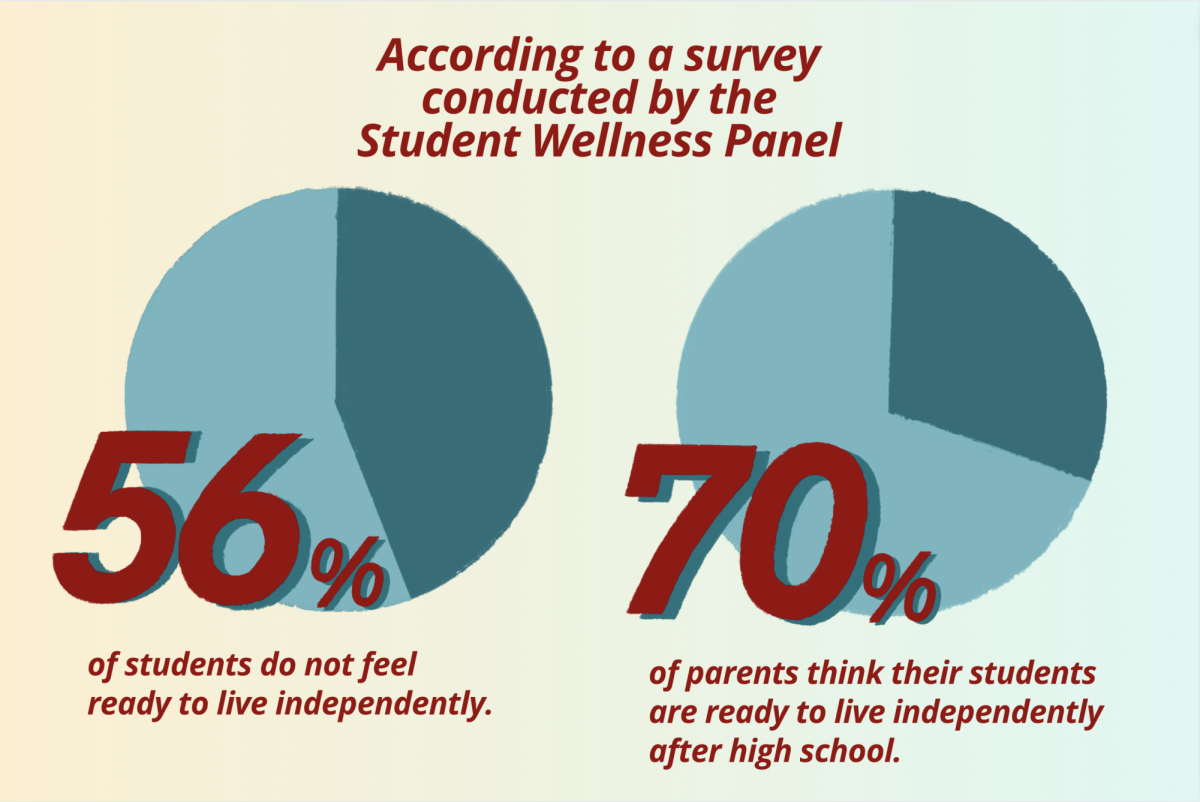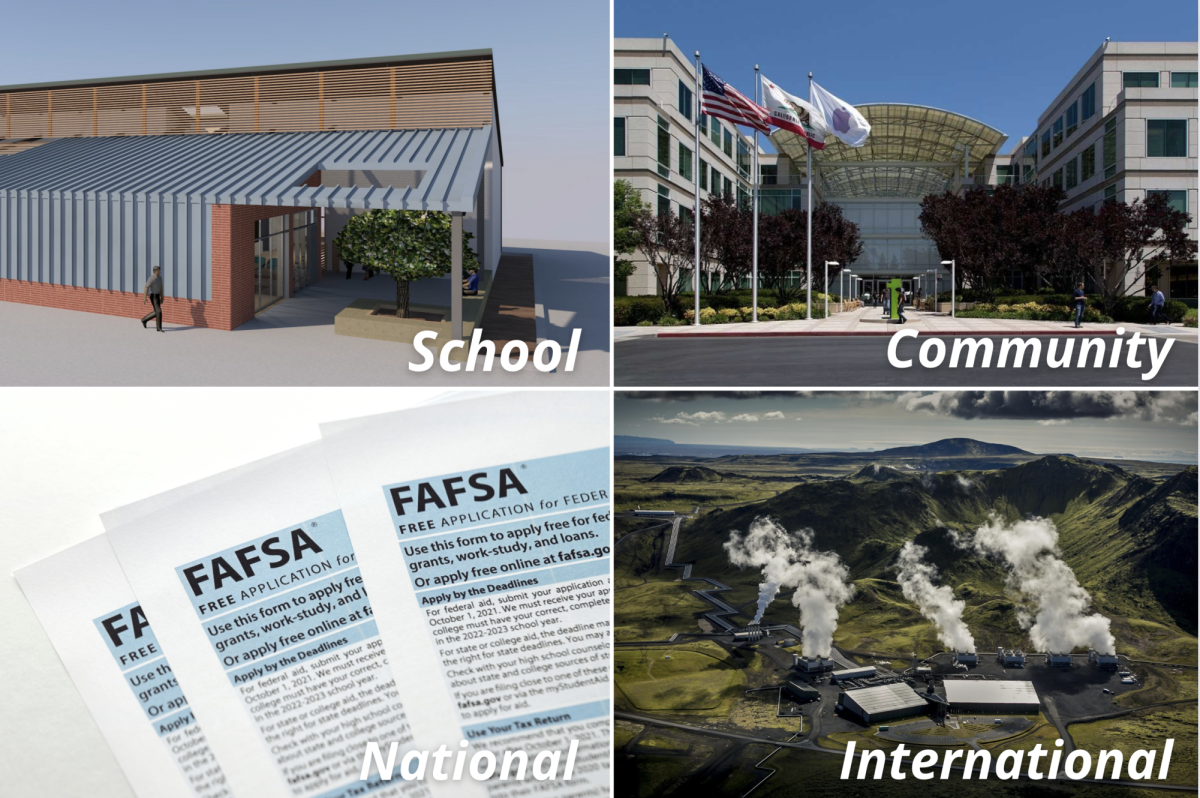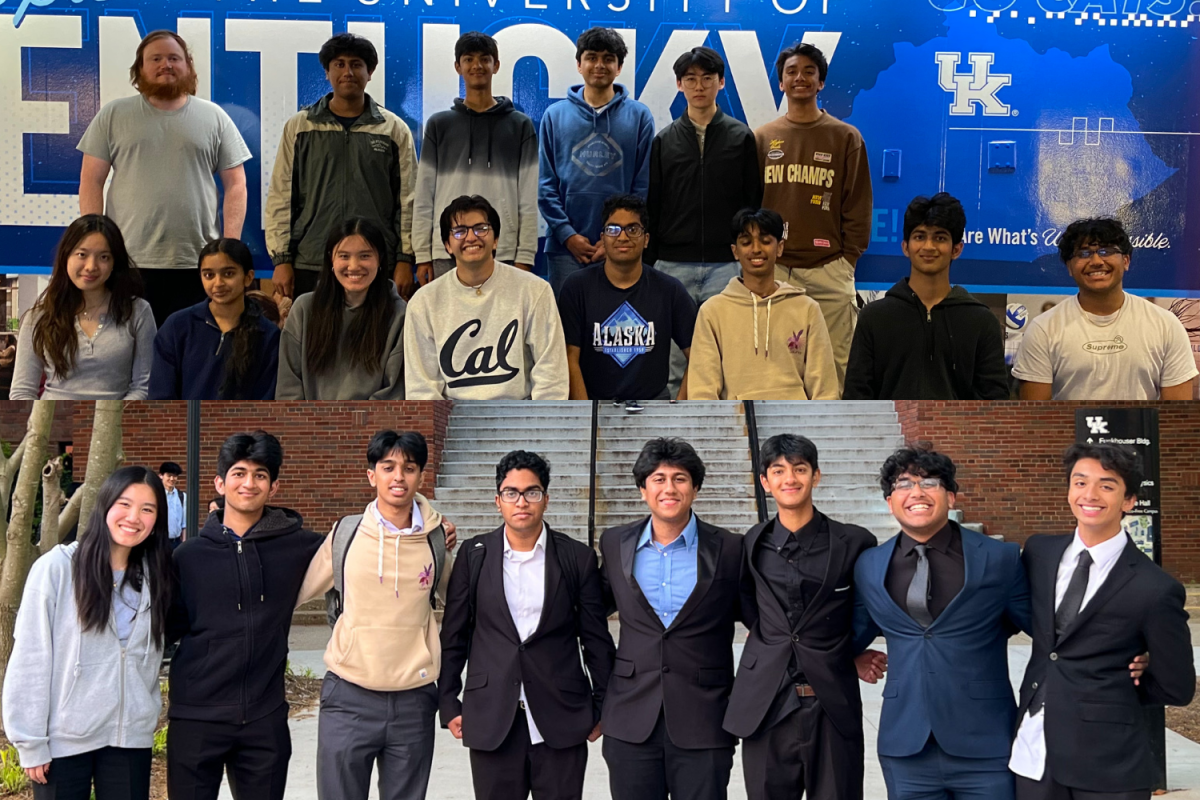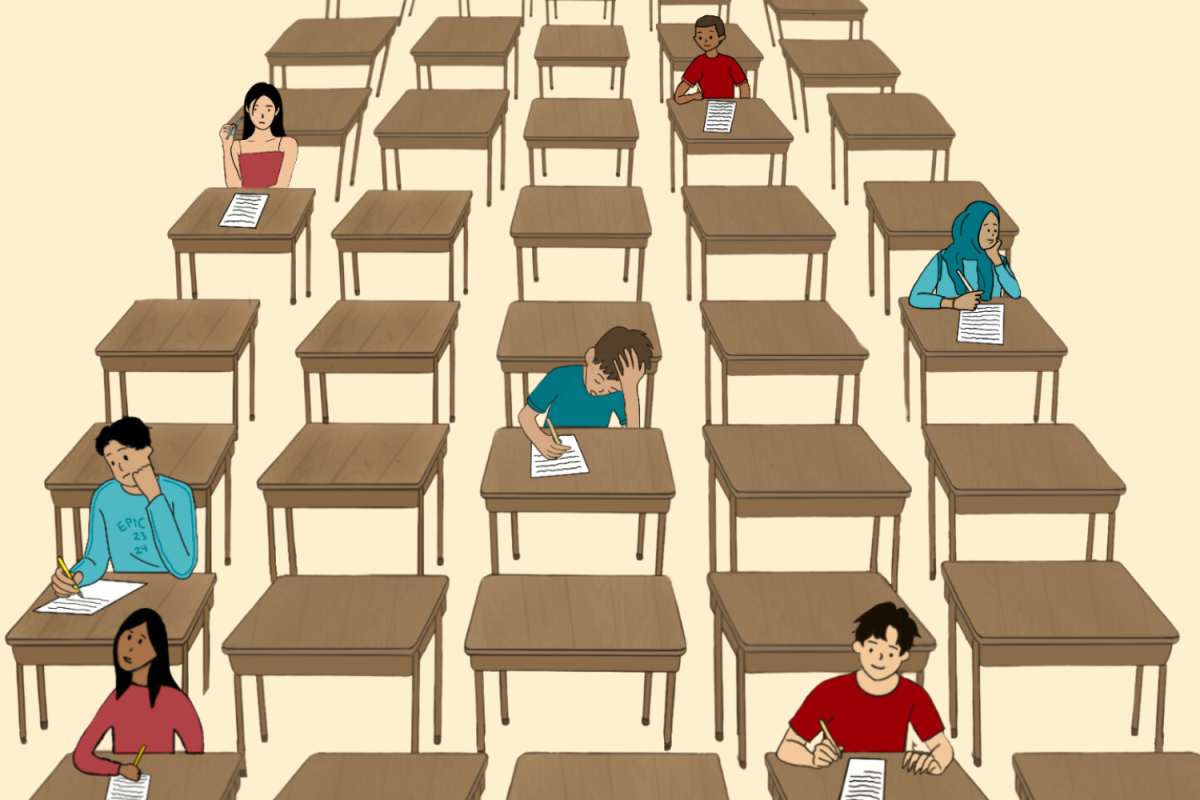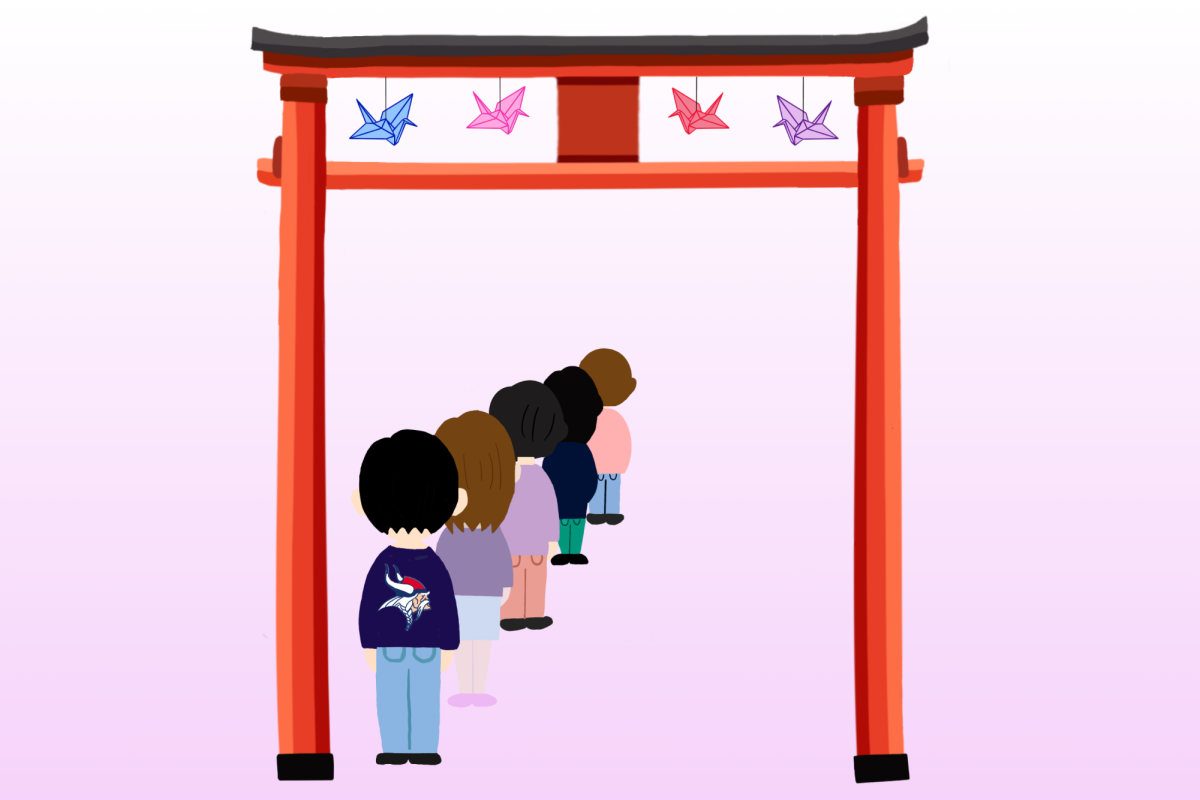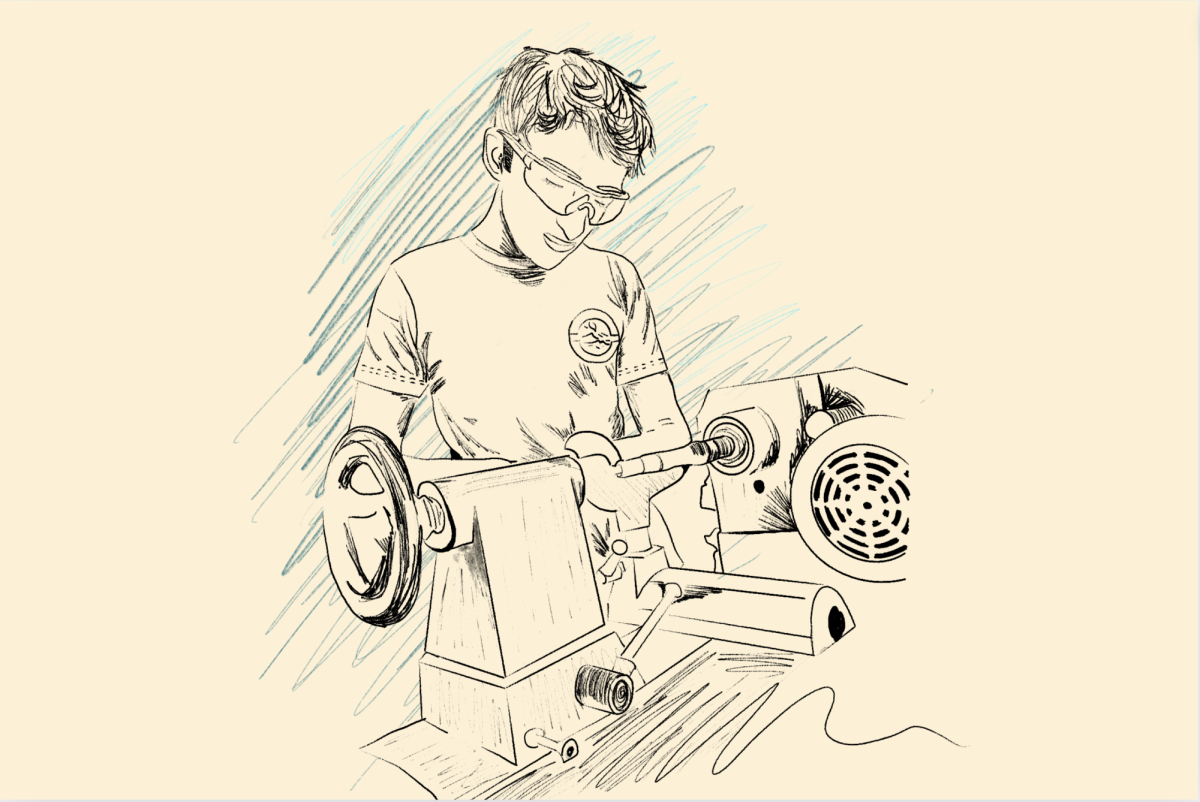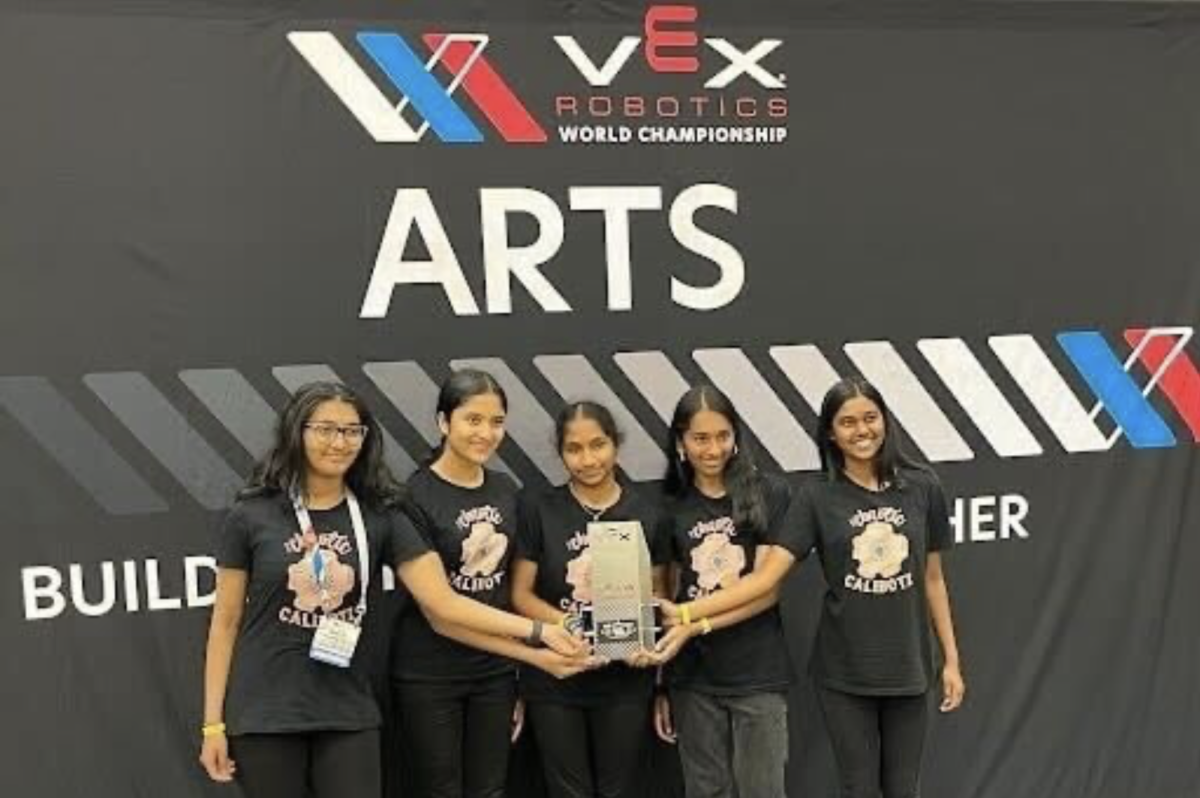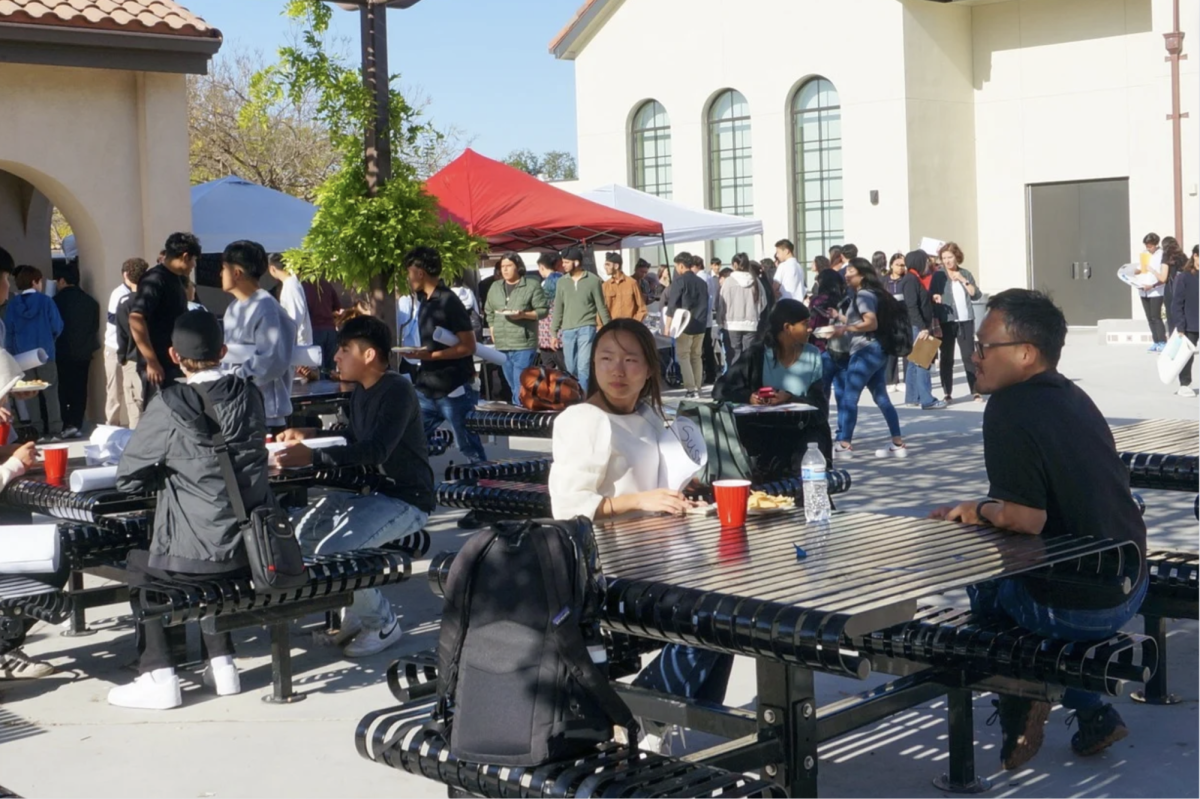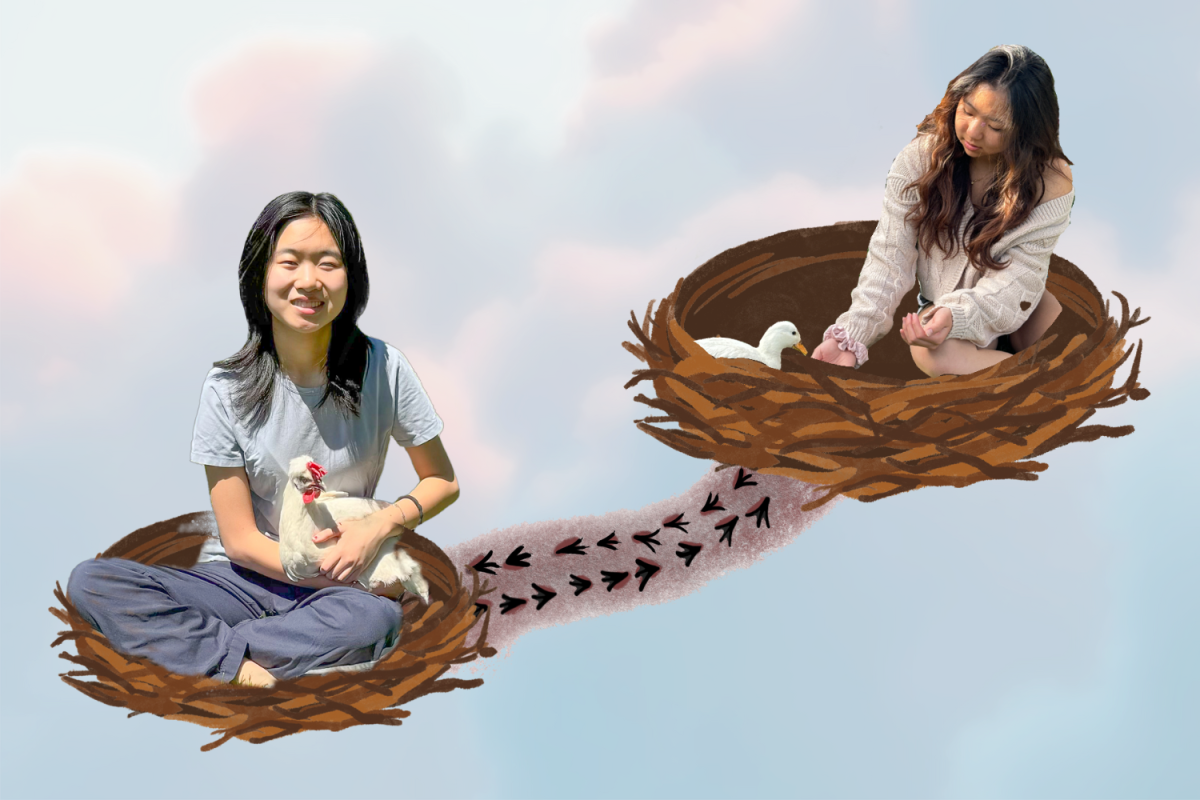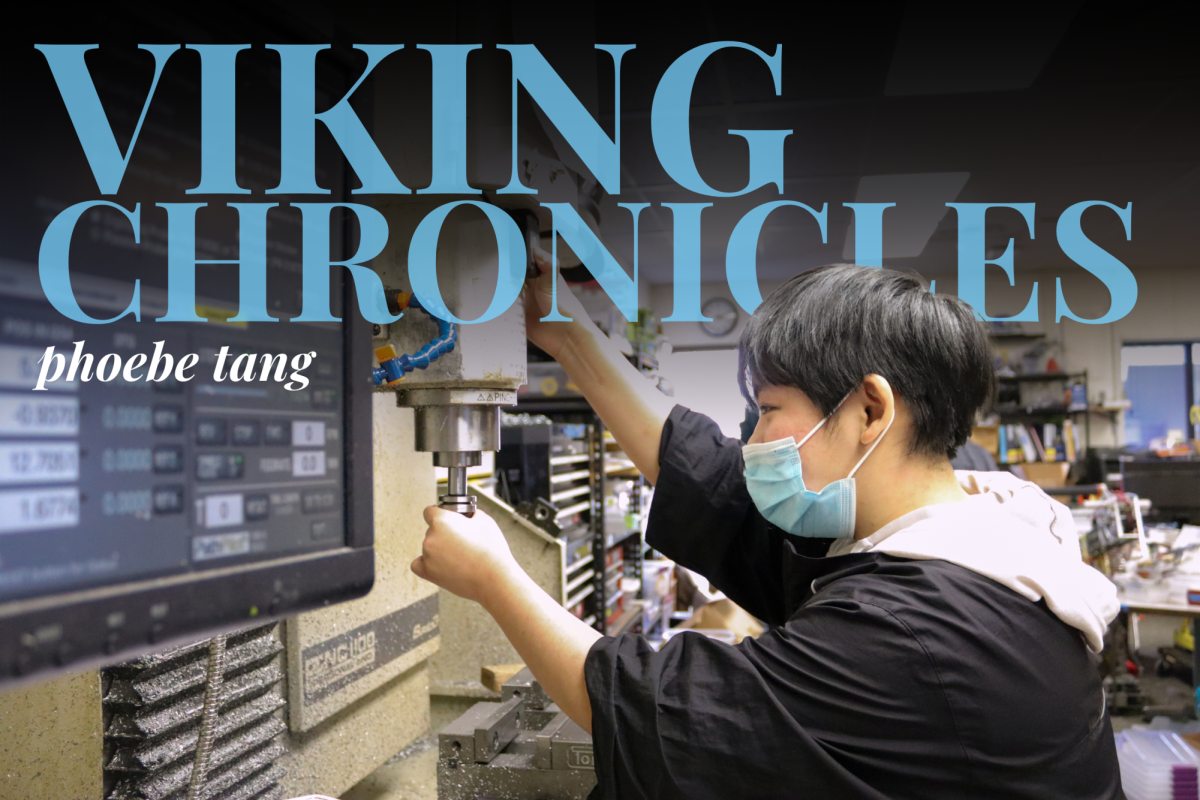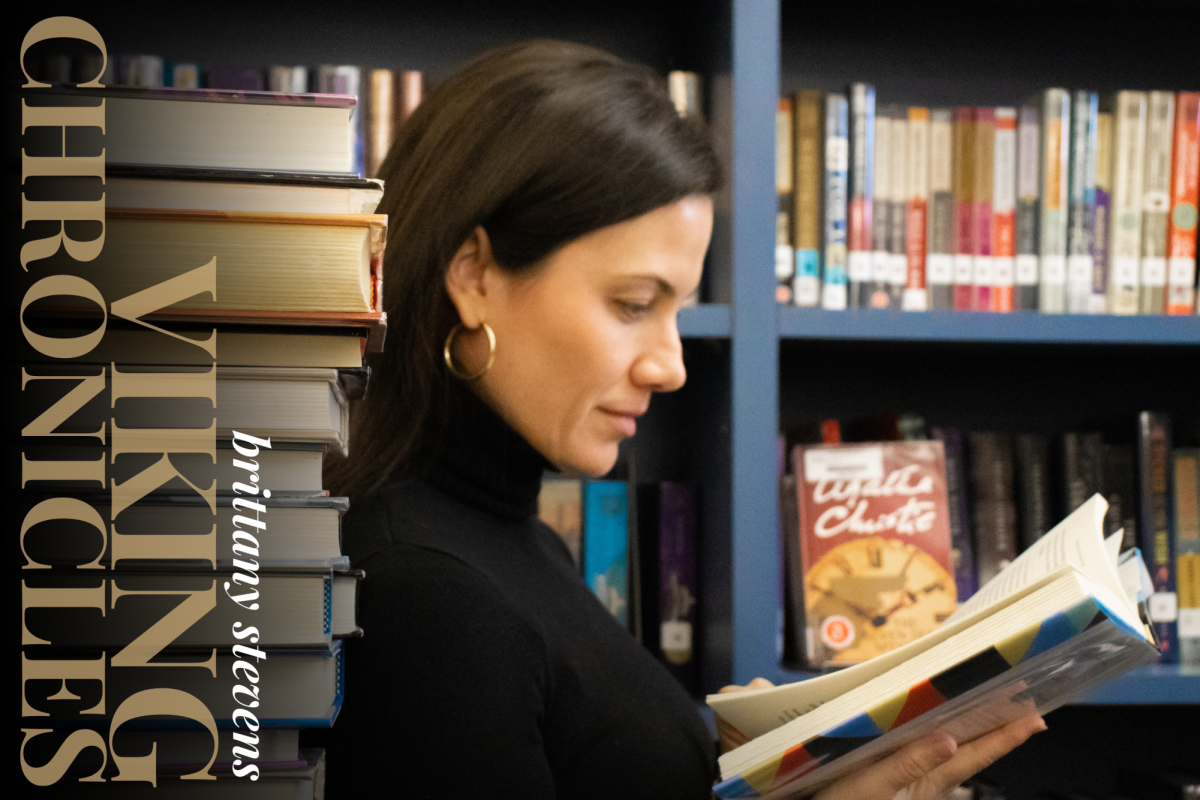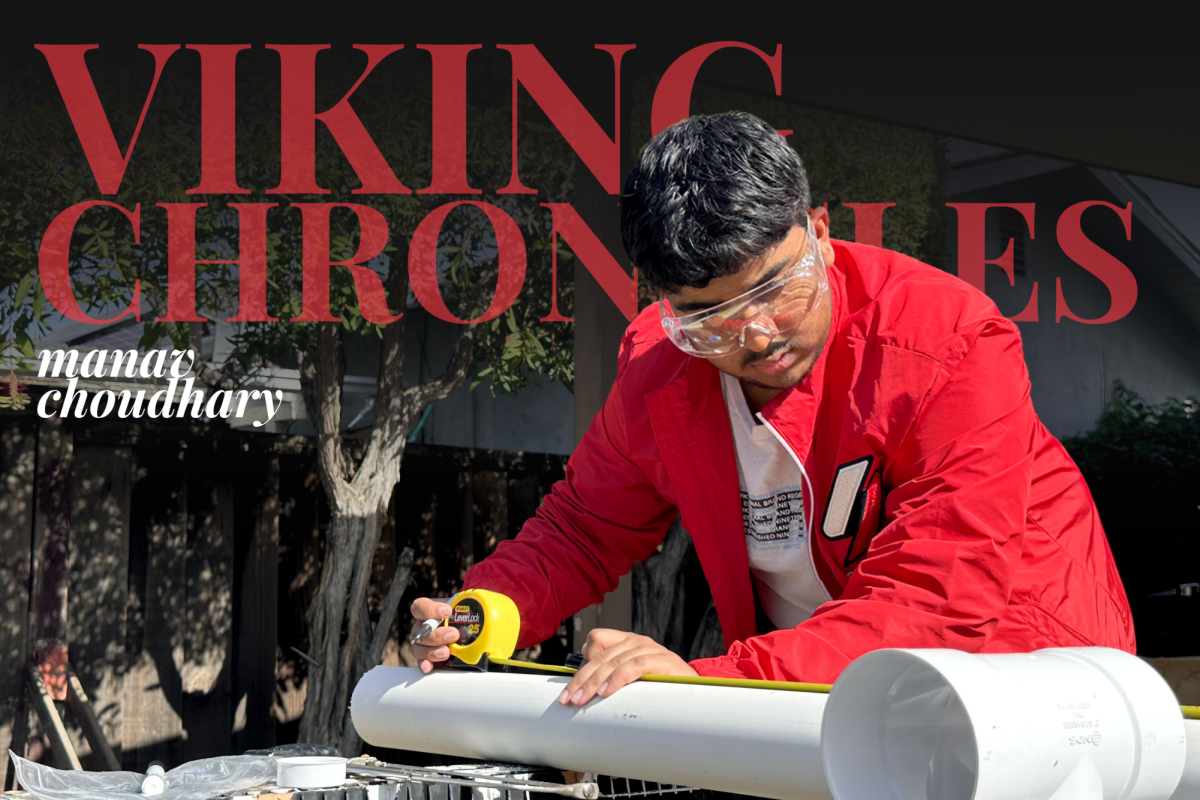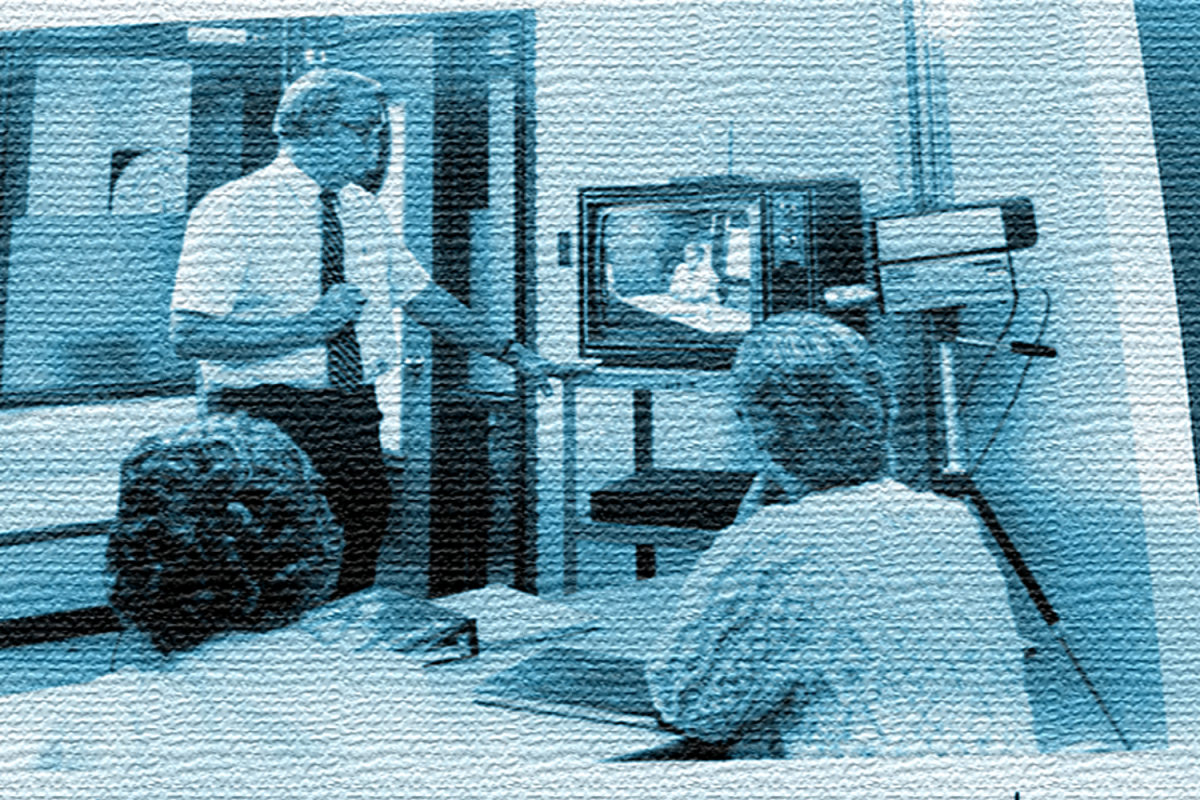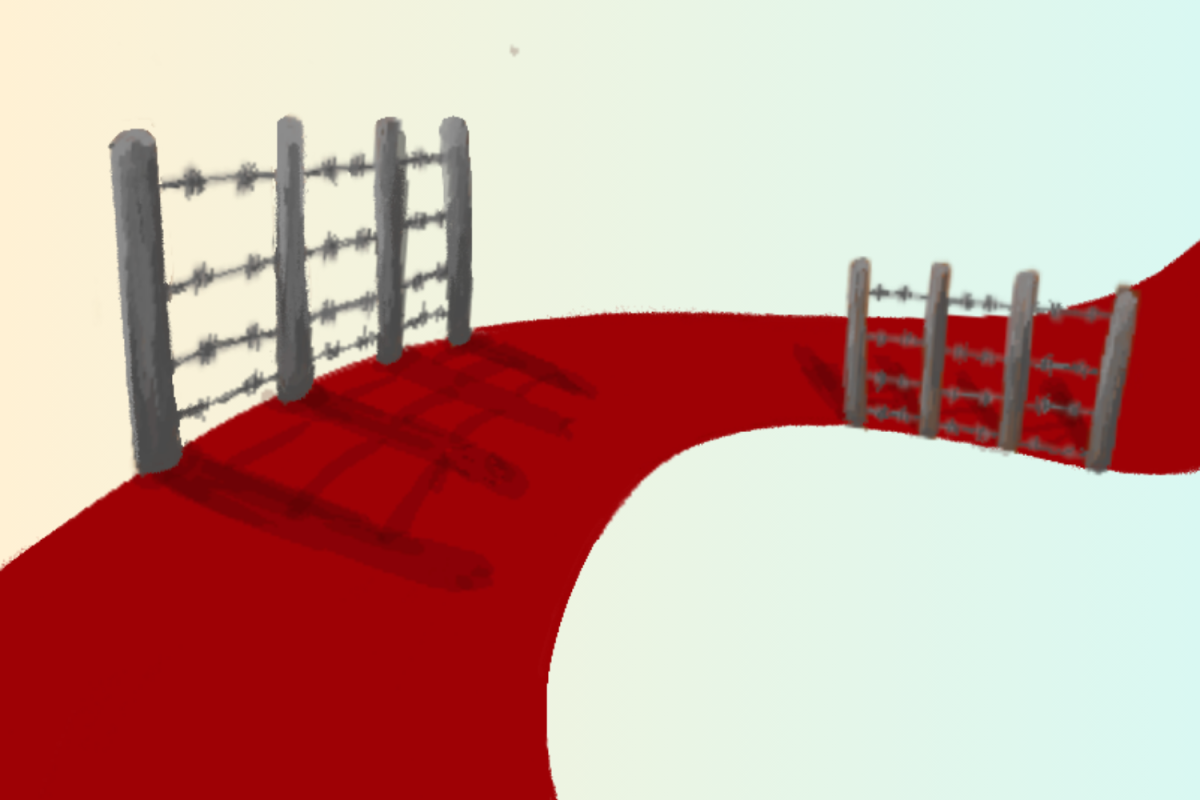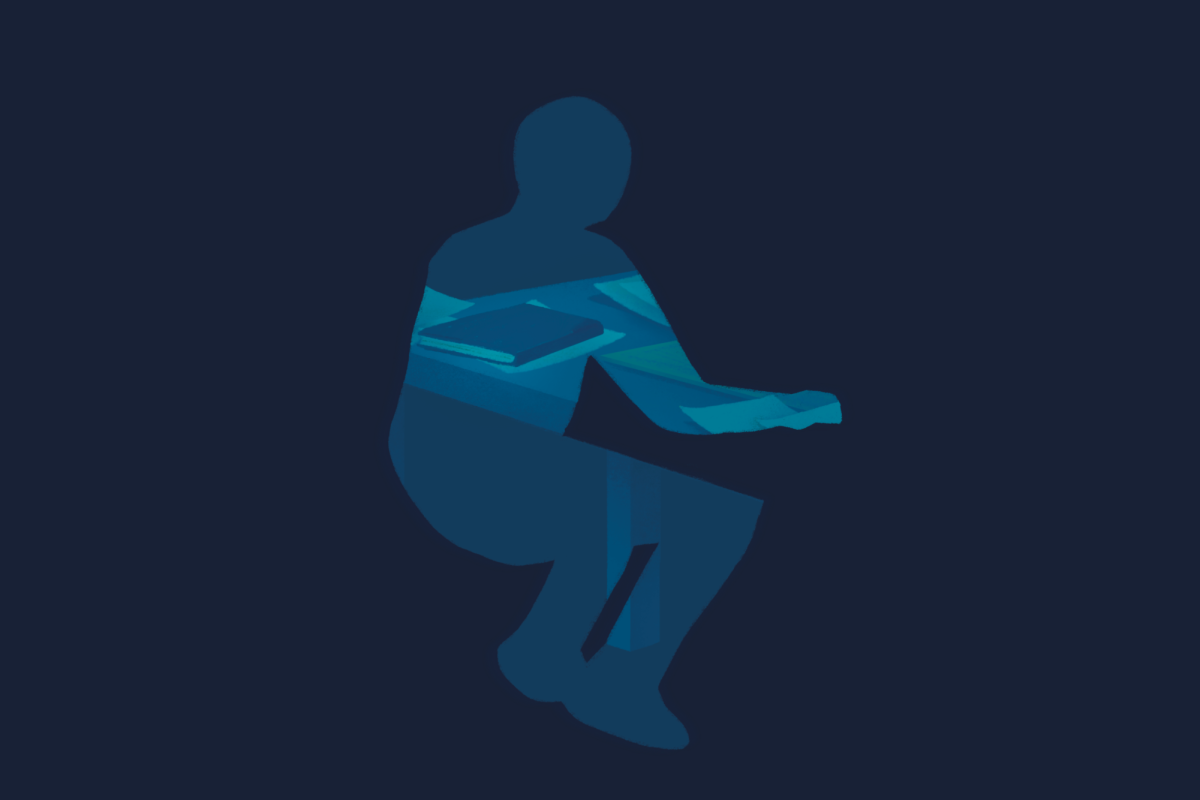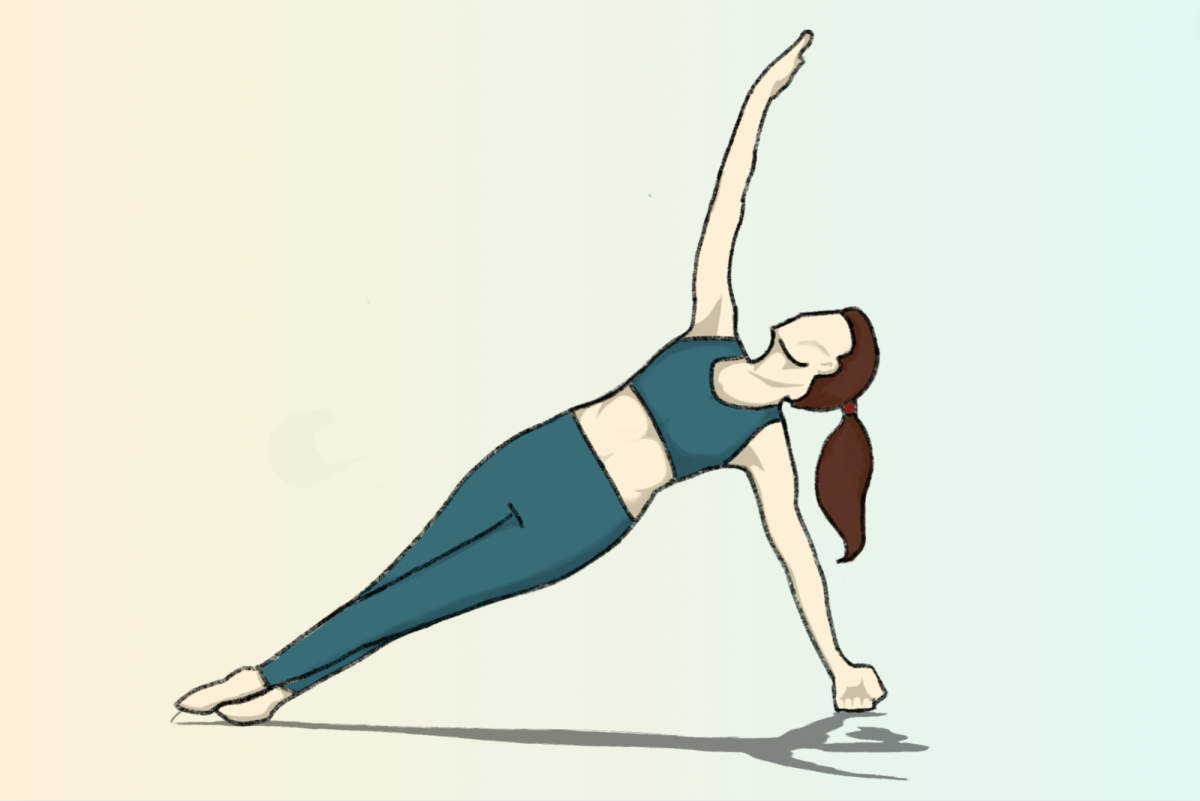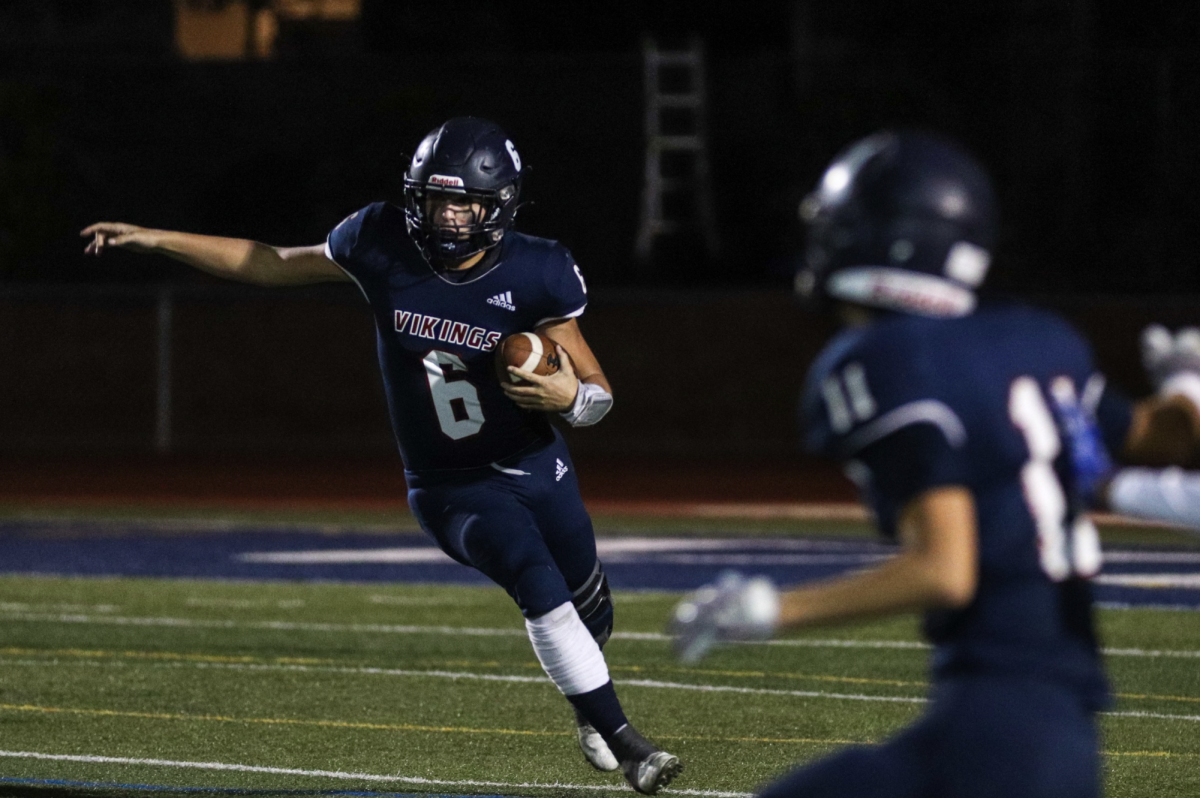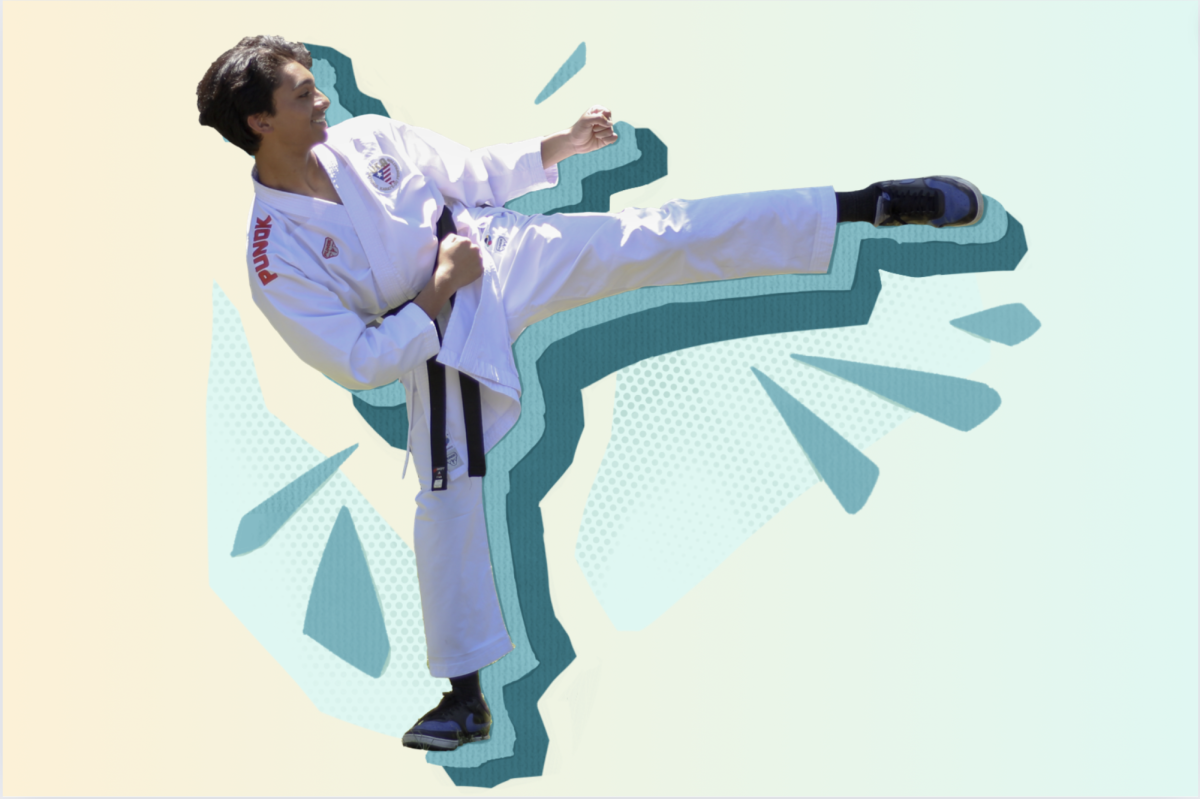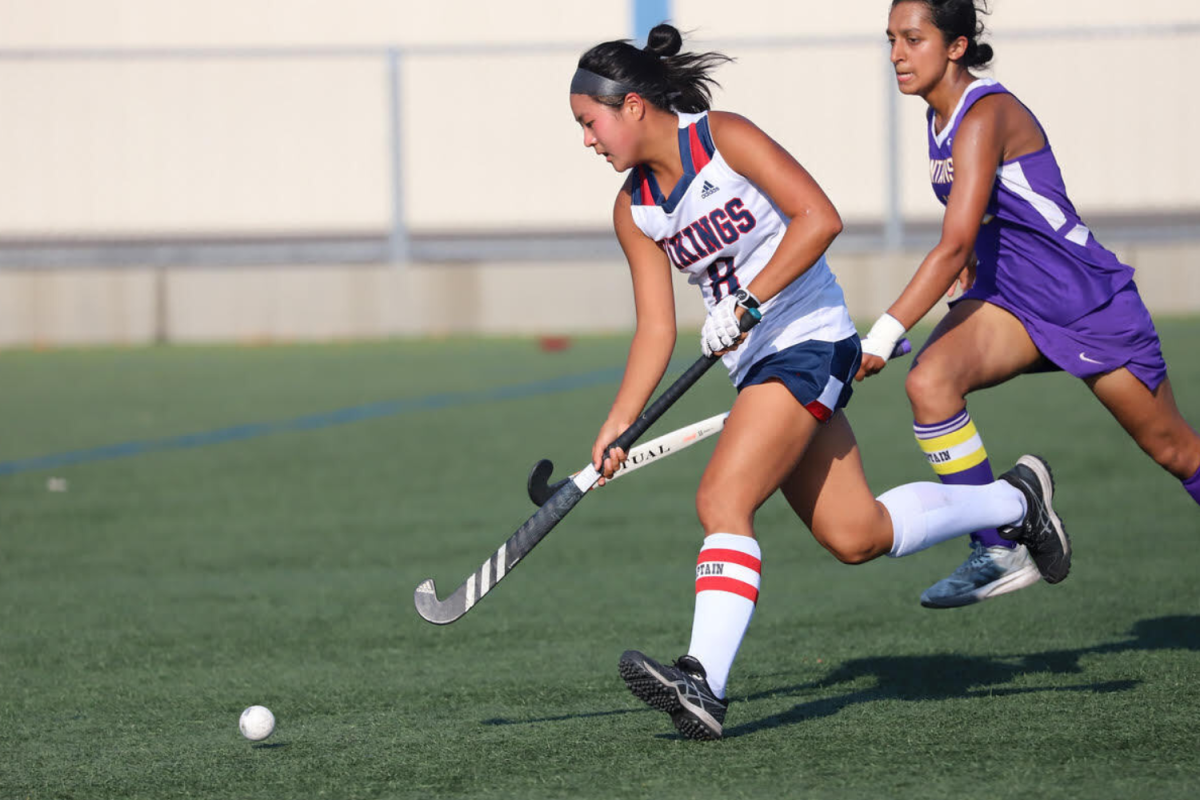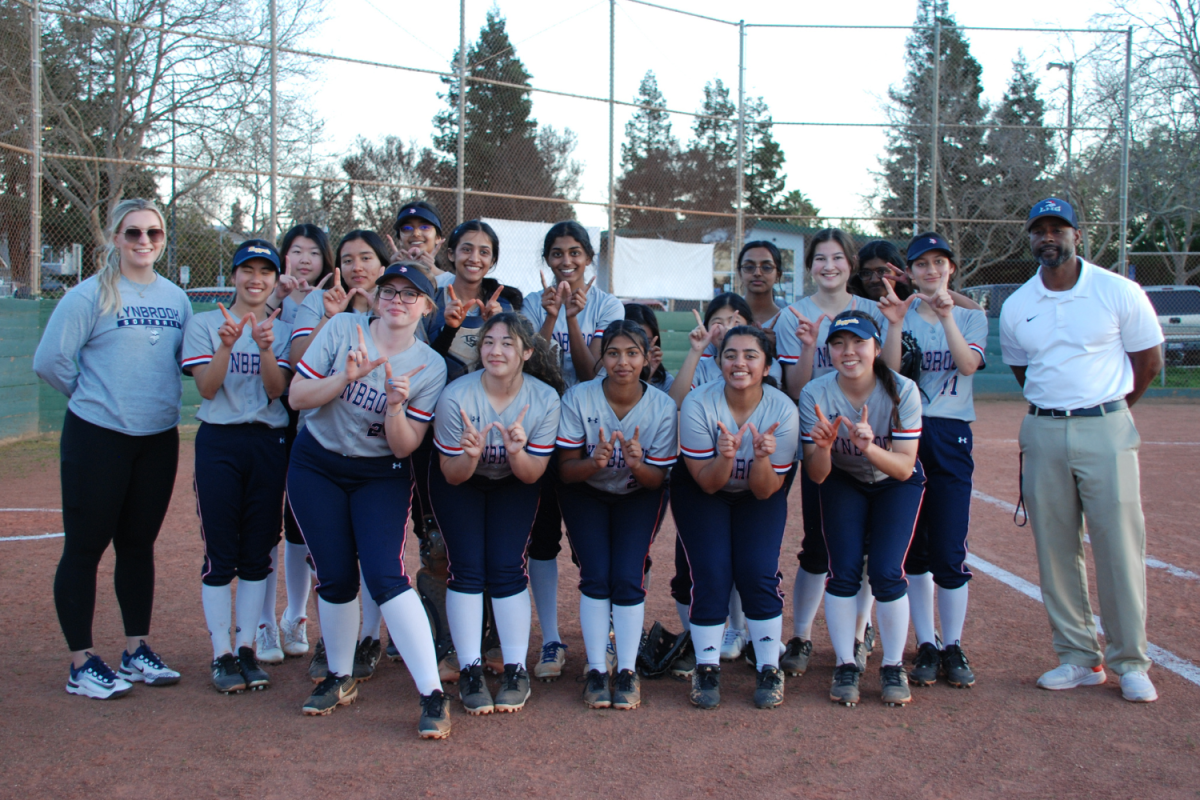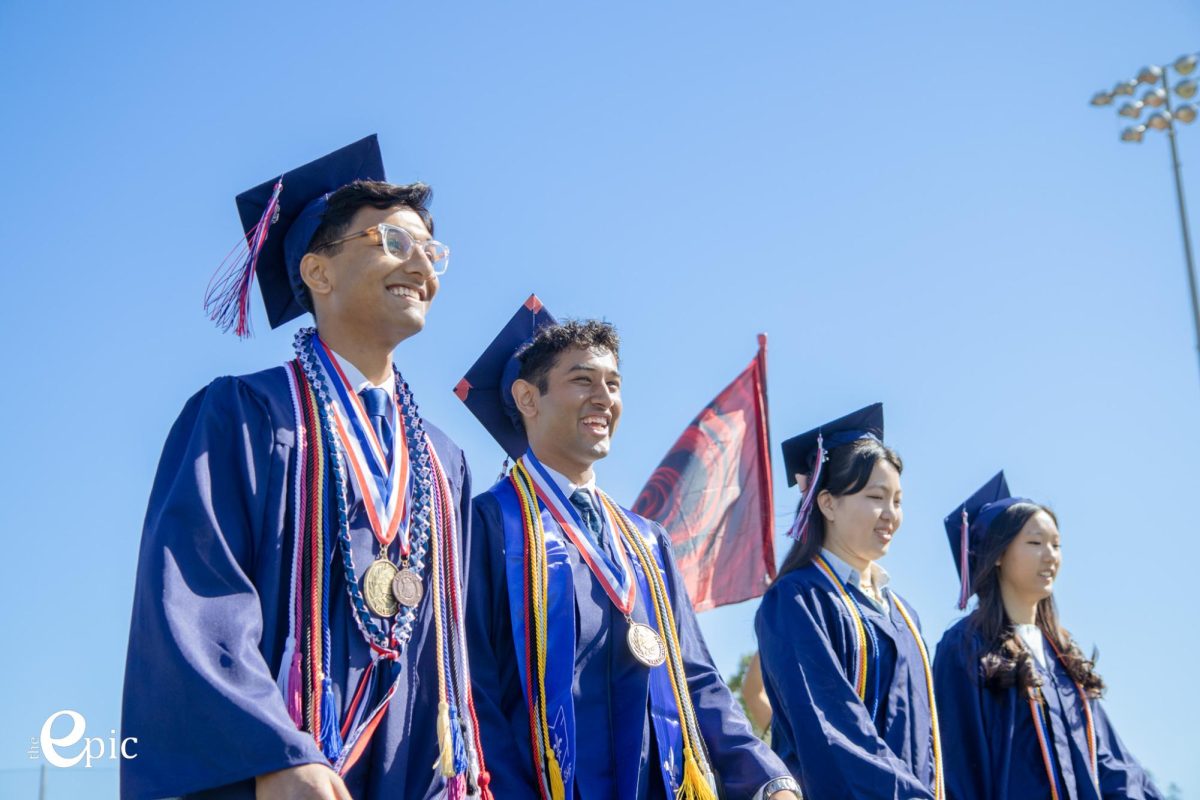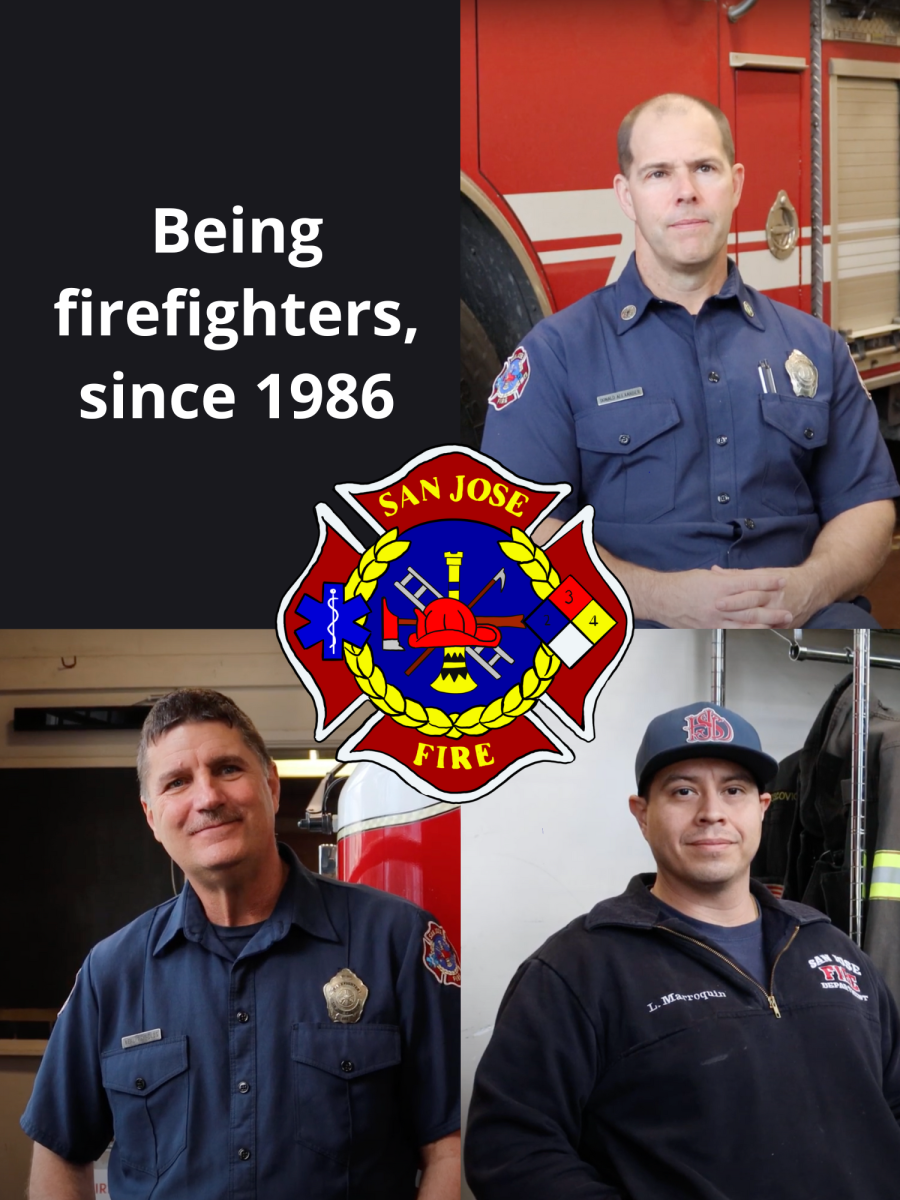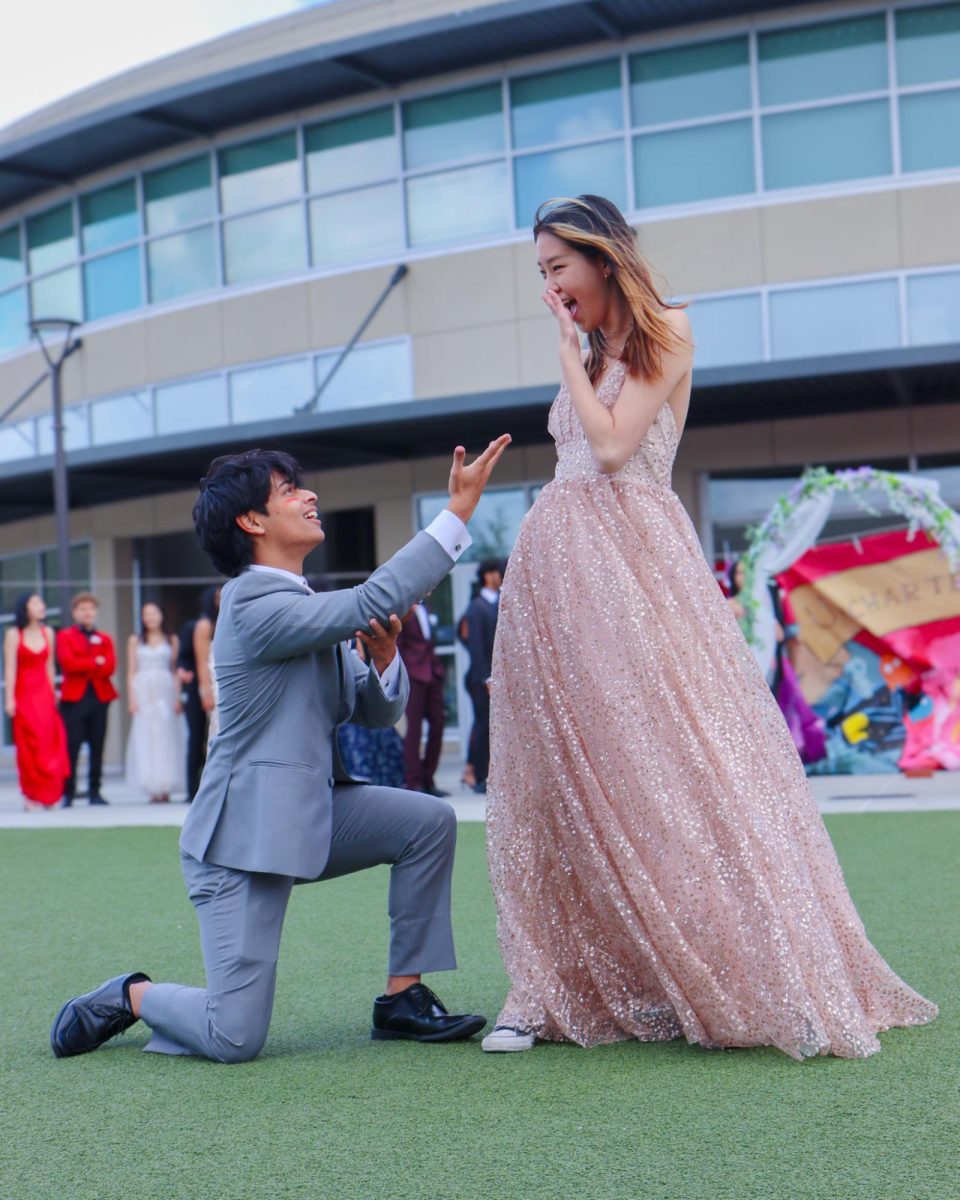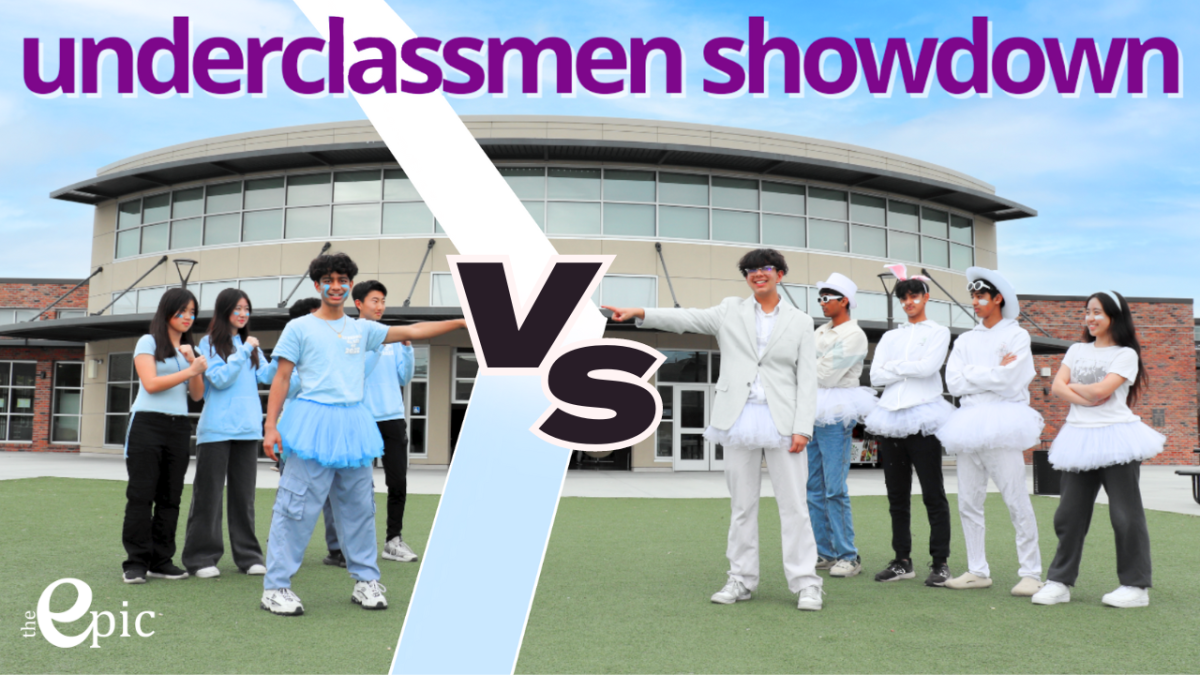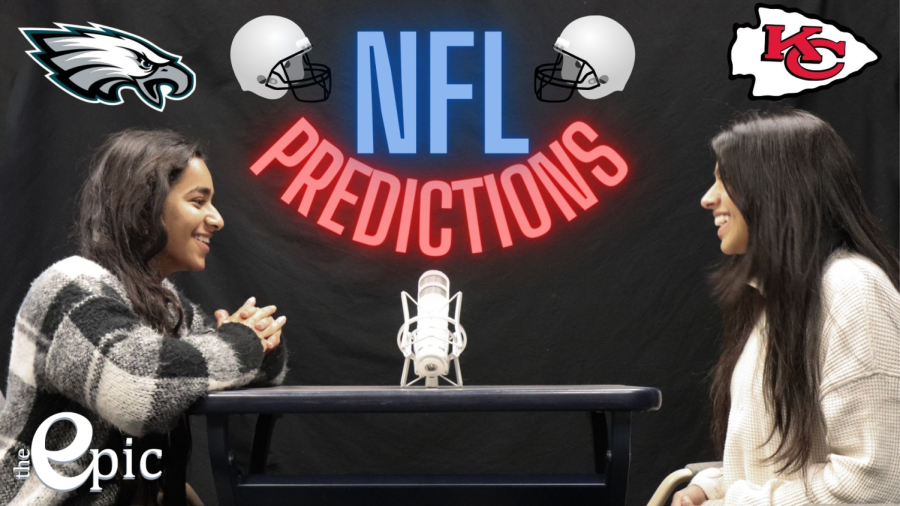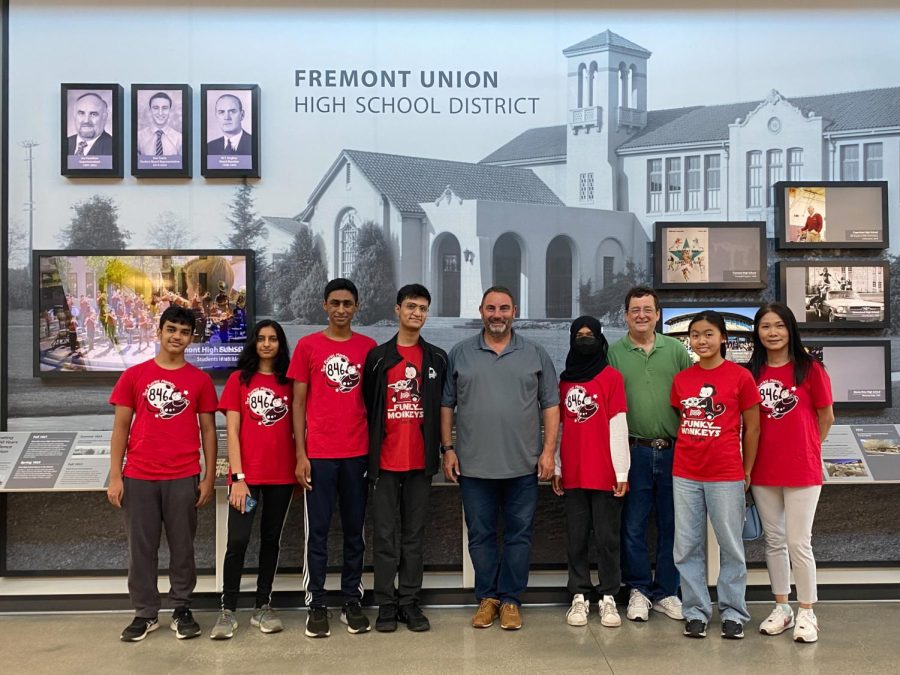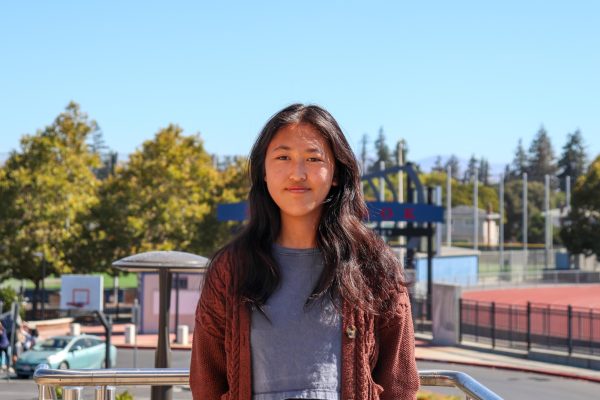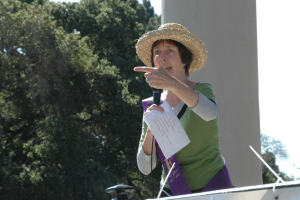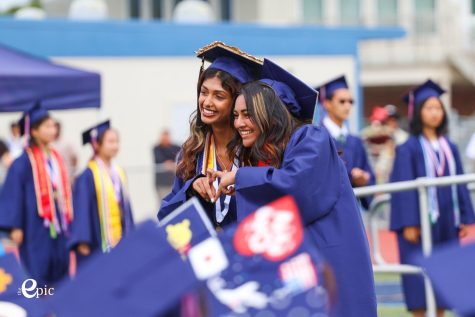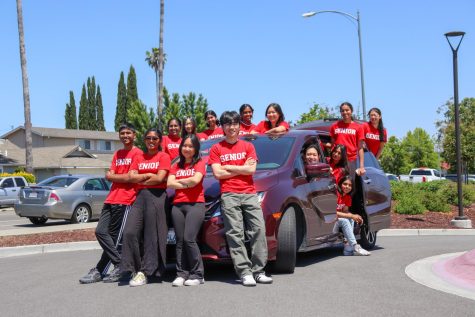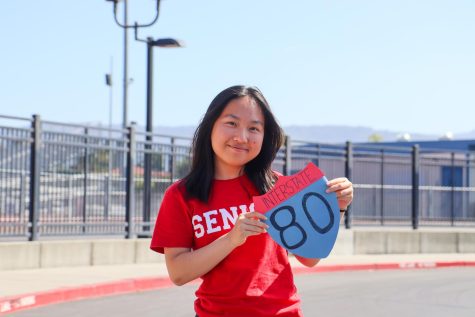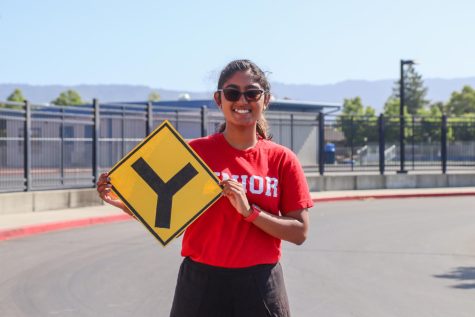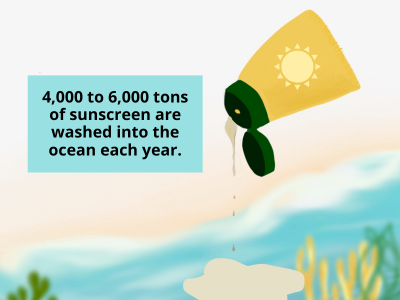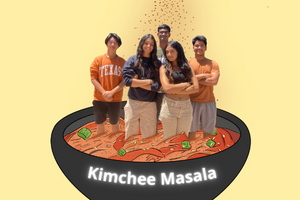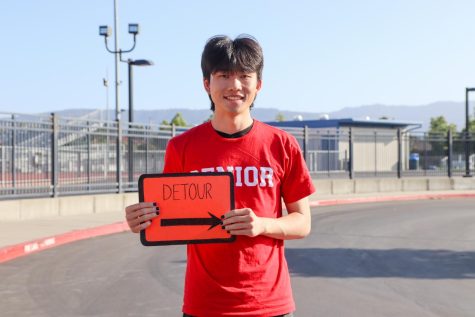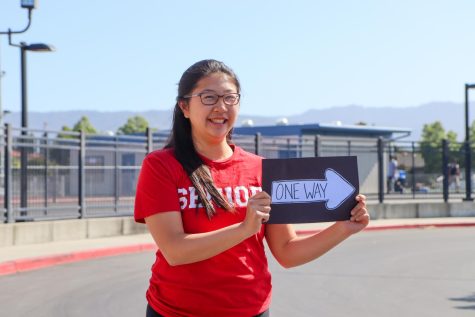Funky Monkeys robotics team gears up with new practice field
Photo used with permission from the Funky Monkeys
The Funky Monkeys and their head coach, David Giandomenico, met with Superintendent Graham Clark to discuss the field.
November 7, 2022
Plans for a new robotics practice field are in the works after a three year campaign by Lynbrook’s Funky Monkeys robotics team. The project relied on the passing of Measure G, a $275 million school bond for repairs and upgrades to FUHSD facilities. Part of this money will fund the construction of a robotics field to be shared by the district’s five teams.
In self-evaluations the team found their current practice setup to be one of their biggest obstacles. With a cramped machine shop and robots being stored in students’ garages, a new facility would provide desperately needed space. The team also recognized the value of being able to practice against fellow FUHSD teams and host scrimmages with other school districts. Without a real field, they couldn’t test certain mechanisms or program autonomous routines until immediately before competitions.
“Every day, we have to roll out this massive fraying carpet to practice,” senior and robotics team co-president Arjun Kumar said. “It’s a lot of work, and a field will make practicing a lot more convenient and accurate.”
The Funky Monkeys attended a district office board meeting to campaign for the new field in 2019. Afterwards, former Associate Superintendent Graham Clark reached out to offer his support for the initiative. He continued meeting regularly with the team and became FUHSD Superintendent in July 2022 with enriching FUHSD’s robotics programs as one of his main goals.
“Robotics is an important program and we want to support it the best we can,” Clark said. “Hundreds of students across the five schools are involved in it and a field would really help our teams grow.”
To lobby for support in the community, the team reached out to parents via social media and mailing lists. Students also posted more than 1000 flyers on the houses of registered voters in local neighborhoods. Measure G was approved on June 7 with just 55.71% of votes in favor, barely surpassing the 55% of votes required to pass.
“When it was finally approved, we were ecstatic but we recognized that there are a lot of other projects besides the field,” senior and robotics team co-president Yuvraj Dhadwal said. “This is why we’re pushing for it to get started first.”
The teams are working with Clark and architects to draft plans and incorporate custom components in the field design. In September, the Funky Monkeys showed Bellarmine College Preparatory’s field to Clark and in October, representatives from all five FUHSD schools toured the NASA Ames Research Center’s robotics field to ask Team 1868, a girl scout troop robotics team, about challenges and features of their field.
“One of the big things we recognized is that having machines on the field gets very loud and it’s hard to work on your robot at the same time, which is one of the reasons why we want the field at Lynbrook, where it would be right next to the machine shop,” Dhadwal said.
The location of the facility remains undecided between Lynbrook and Cupertino High School with issues being considered for both sites. Cupertino’s designated construction area is larger but farther away from their machine shop, causing supervision and convenience concerns. At Lynbrook, the building would be placed on the blacktop basketball courts with easier access to their machines.
The field itself will be a standard FIRST Robotics Competition field housed in a facility similar in size to Lynbrook’s field house. The building will include a central arena, bleachers, designated storage spaces and pit areas for the teams to work on their robots. The team hopes that having a more prominent and accessible facility on campus will introduce more students to robotics. The field is expected to be fully operational by 2028.
“I’m very excited for the incoming classes who will have access to the field,” junior team member Aishwarya Poolla said. “We’ve been working very hard on this initiative and it’s great finally seeing it come to fruition.”

